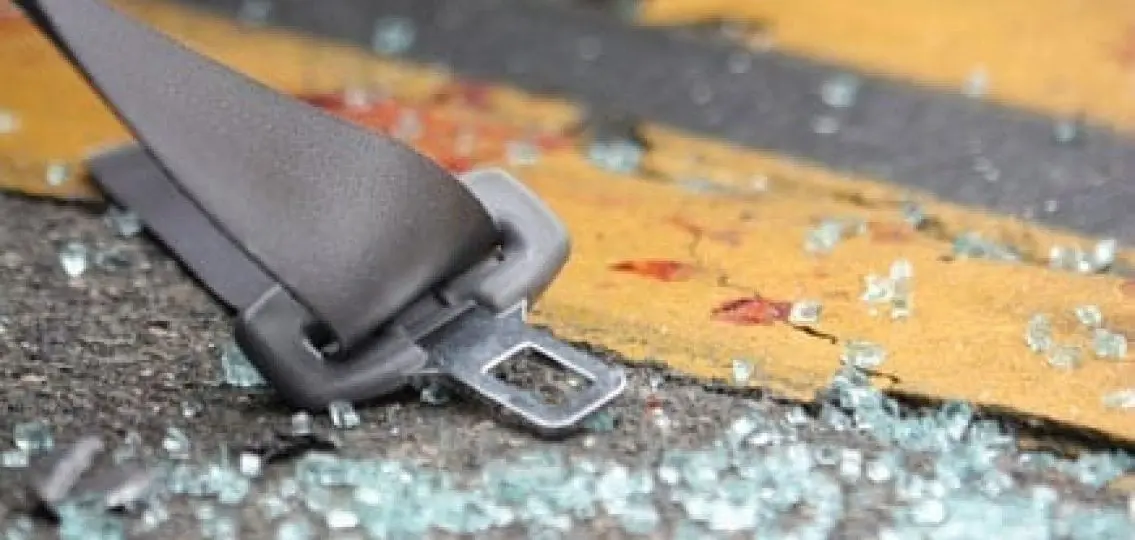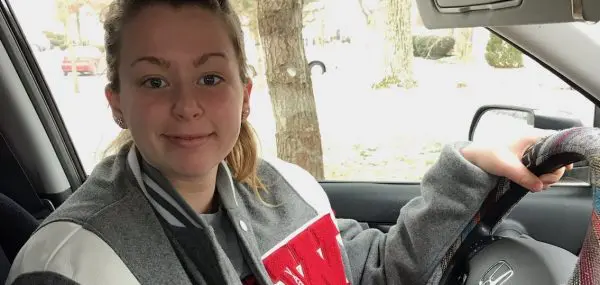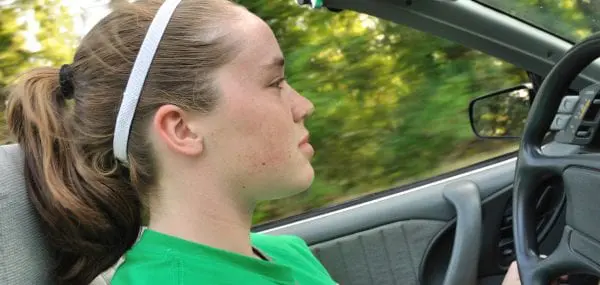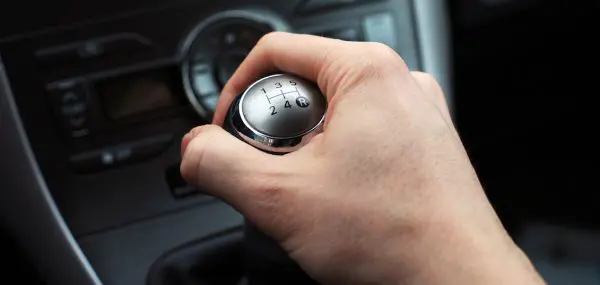On November 1, 2007, Shreya Dixit called her mother in Eden Prairie, Minnesota, to tell her that she wouldn’t be taking the bus home for the weekend after all. Instead, a fellow student at the University of Wisconsin had offered her a ride. So she would be home later that evening. “I love you,” she told her mother. “See you soon.”
Shreya never made it. Less than an hour into the trip, the driver took her eyes off the road, for a second or two, to search for a napkin. She lost control of the car and slammed into a pylon under a highway overpass. Shreya, sitting in the front passenger seat, took the full impact of the crash. She died several hours later, at just 19 years old.
A dumb choice. A few seconds of time. A beloved life, over.
Distracted Driving Causes 80% of All Accidents
Talk to parents who have lost a child in an automobile accident and you’ll hear this story over and over again. Yet, they will continue to repeat it, in the hopes it could save your teenager’s life.
“This could happen to you,” stresses Vijay Dixit, Shreya’s father. “And, it is sadly so avoidable.”
Doug Ralls has a similar story to tell about his son, Brian. The 23-year-old graduate of University of Florida was on his way to work on Interstate 40 near Brentwood, Tennessee, when a teenager lost control of her car, crossed the median, and hit Brian, head on. The distraction? A cell phone.
“A lot of teenagers know the facts about distracted driving and cell phone use, but they choose to do it anyway. They think it won’t happen to them,” Ralls says.
But, distracted driving—implicated in 80 percent of all accidents, according to the most recent statistics—is a choice, Ralls and Dixit say. And, it’s one you and your teenager don’t have to make.
“Adults are Equally Responsible for This.”
“Adults do this all the time,” notes Dixit, who, with his wife, Rekha, and daughter, Nayha, started the Shreya R. Dixit Memorial Foundation to highlight the dangers of distracted driving. “But, the only task you have while driving is to keep your eyes on the road and be aware of your surroundings.”
| [adrotate banner=”99″] |
Of course, distracted driving is just one of a number of bad choices teenagers make when it comes to driving. On February 16, 2005, Erik Anderson got into a friend’s car for a ride home.
“The driver passed a van, lost control, and hit a tree. The car flipped over. My son’s side was tin foil,” says Erik’s mother, Mandy Henderson.
It turns out her son’s friend had a reputation for reckless driving. “After Erik died, I had tons of people telling me, ‘Oh, yeah, he drove like this everyday.’ Parents need to listen and ask more questions. If I had known this, I would never have let Erik ride with him.
“Make Sure You Know Who Your Kids are Riding With.”
Death by dangerous driving also claimed the lives of Bruce Murakami’s wife, Cindy, and their 11-year-old daughter, Chelsea, when a drag-racing teenager hit their minivan on November 18, 1998. Horribly, Murakami came upon the accident just moments after it happened. “I knew no one could have survived the crash,” he recalls.
Murakami went on to found the non-profit Safe Teen Driver, an organization that runs a monthly driving program for teenagers. Here, he simulates the effect of distracted and drunk driving by asking the teenagers to wear goggles and perform tasks that require them to take their eyes off the road (in this case, a racetrack). He also travels to schools to talk to students about the responsibilities of driving, bringing with him teenagers who have committed vehicular crimes.
“When we talk to teens, it’s about making choices, and it’s very powerful for them to hear from teens who didn’t make the right choice,” he explains. “Because there is a consequence to every choice.”





